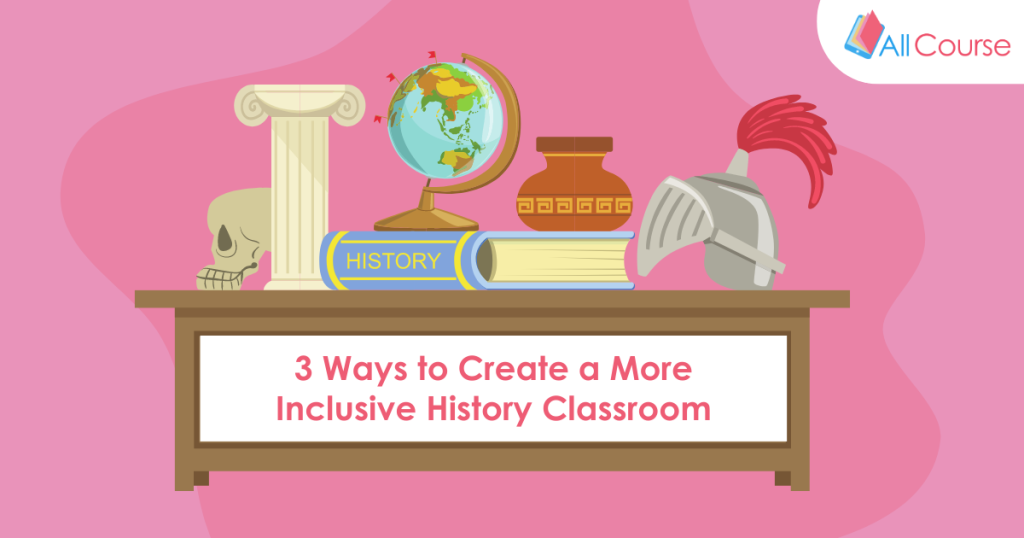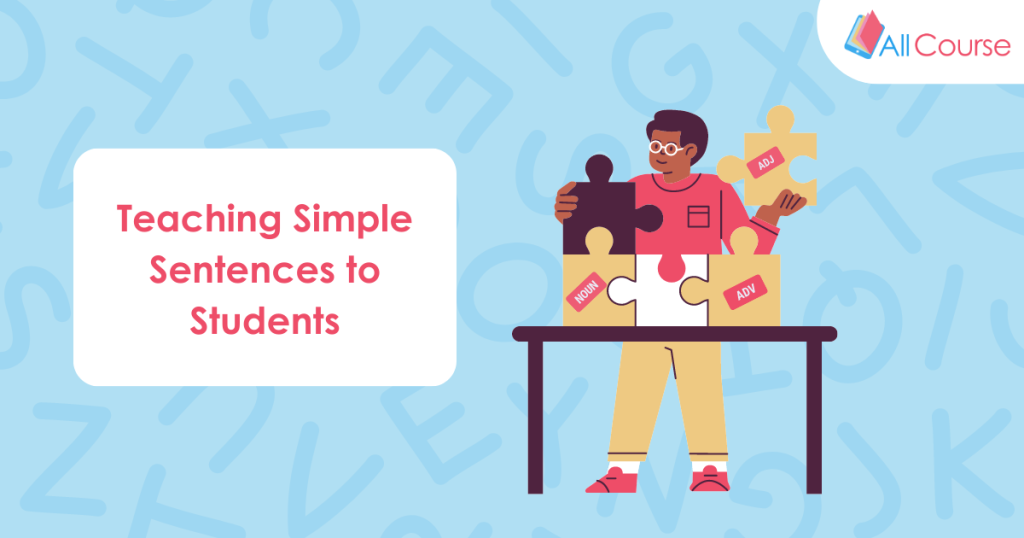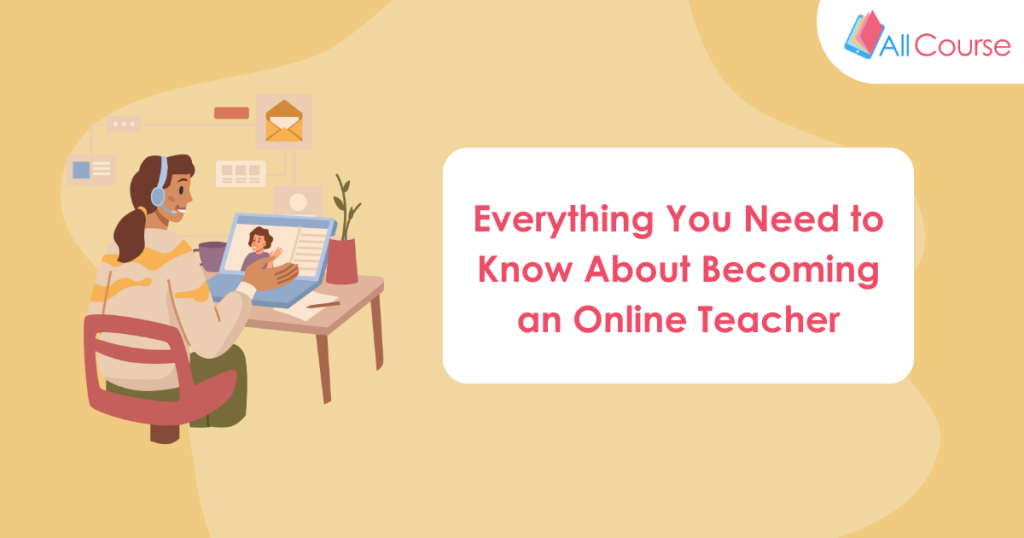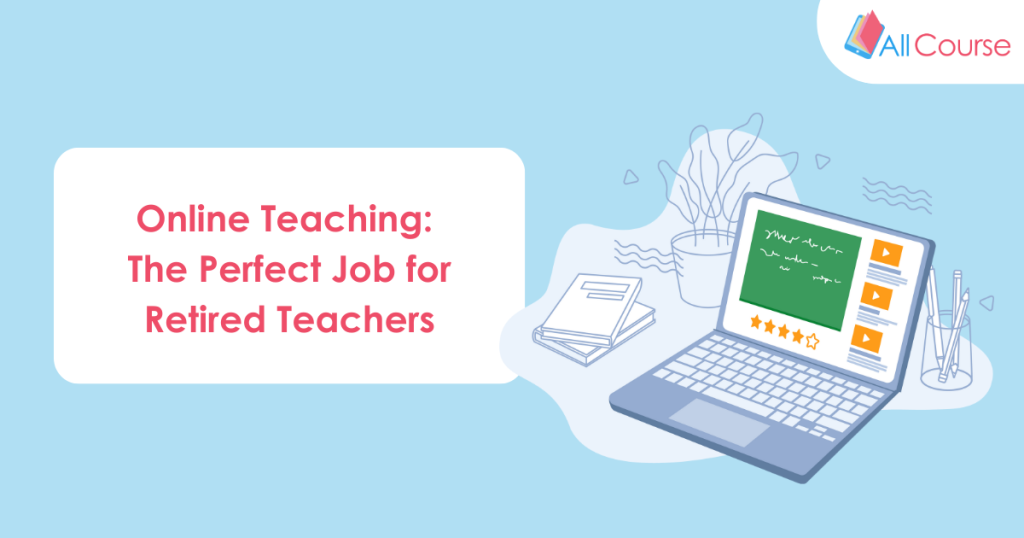
“Teachers create and engage their students in literacy practices that develop awareness, understanding, respect, and a valuing of differences in our society.”
– South Carolina Literacy Competencies for Middle and High School Content Area Teachers
As a history teacher in the great state of South Carolina, I’ve given this diversity standard a lot of thought. How can history teachers achieve this important goal of promoting diversity, inclusion, and acceptance of others — not only in South Carolina, but also across the country?
I’ve found that developing diversity and inclusion in my history classes comes down to one thing: connection. We start by connecting with each other. From that foundation of valuing each other’s differences, we can then expand by relating that to the subject matter and connecting with historical figures and moments.
Here are some techniques and ideas to foster that connection and create a classroom where everyone feels welcome.
Get to know your students one-on-one.
One way I try to engage my students is through getting to know them individually.
I have a stool in my classroom that I call The Stool of Knowledge. Students will sit on the stool next to my desk and I’ll ask them questions.
Sometimes, I ask about their families. Other times, we talk about classwork and grades. But the most important part? I connect with them. I may not even ask them anything about my class, United States History. But I find that it helps me learn how to teach them individually and as a whole. They actually LIKE it! I’m serious. It provides a great connection with me.
Get to know the class together.
Learn your students’ names and learn to pronounce them. Kids want you to know who they are and what their correct name sounds like. It means something to them and creates their buy-in.
I have an exercise that helps ensure this practice is achieved in my history class. The second time I meet with a new class, I have students get a ball of yarn.
We each pass the ball of yarn and hold onto it as we tell one another our first and last name, what we like to do for fun, and how we are going to impact the world.
When everybody is finished, the yarn gets passed backwards. In reverse, the students must recall to the class the information of the person they originally tossed the ball to.
It creates a connection with each other. We remember something, hopefully, about one another.
And later in the course, when I am teaching the class, I utilize this information in relating events in history. Students get excited when they remember this about their classmates, and they let everyone know about it.
Encourage students to connect with the content.
Connection with instruction is important for students’ learning and retention of information. One idea to accomplish this is to allow students to gain some background knowledge of historical figures. Then, they can connect that background with the figure’s later actions. This connection helps students grasp the historical figure’s paradigm.
When in doubt, knowing your content will make a world of difference with helping your students connect with it. Being able to answer their questions (or taking the time to find out the answers!) will help them develop their curiosity and feel connected to the material.
Engaging your students in practices that develop awareness and respect of each other’s differences doesn’t have to be a challenge. It all starts with connection.




